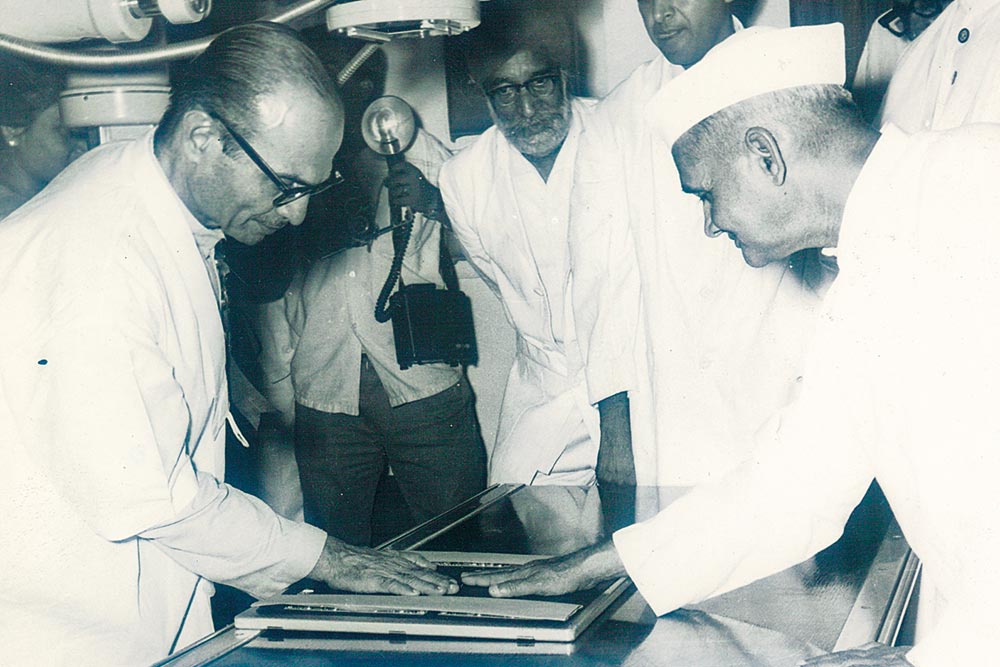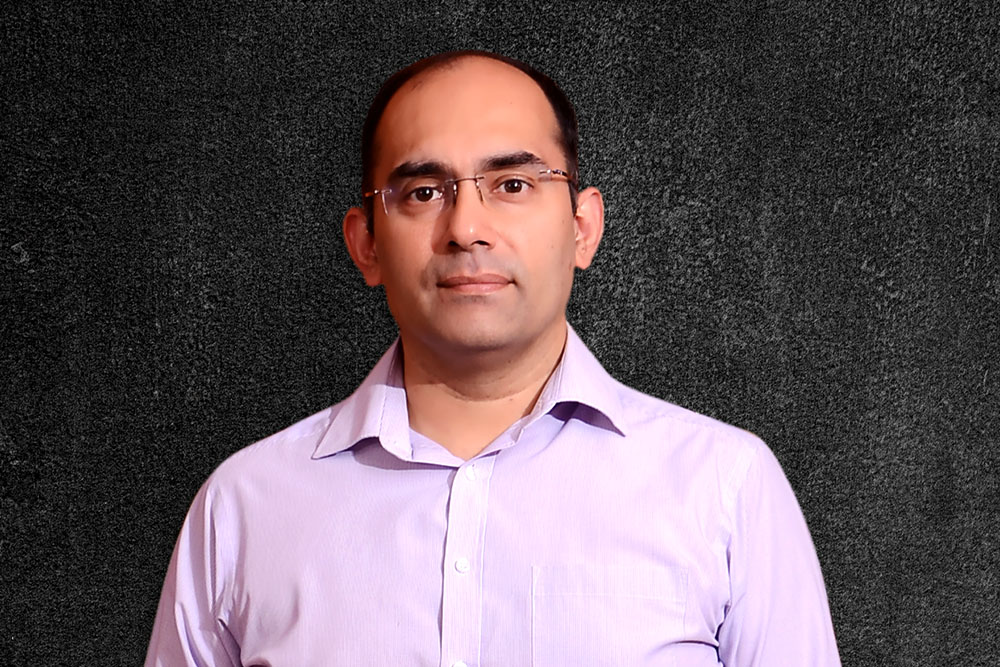How has Brand Hamdard stayed relevant over the last 100 years?
It is because of our philosophy of providing quality products to the masses at an affordable price. We have always stayed true to that mission. That is one of our core focus areas, and we have been very successful. This has been proven with Rooh Afza, which is not only the highest selling, but also the most economical, sharbat in that category. It is also known for having the most number of ingredients in that category. Others use synthetic products. They use just sugar and colour. But we use ingredients such as mint, rose petals, orange juice, pineapple juice and cloves.
Our motive is also to earn profits, but how to use these profits is equally important. We provide the best quality of products at an affordable price. And, we use our profits differently. We give away 85% of the profits that we earn in charity. This is, again, a point of relevance.
We have been building institutions. We have built a university, a couple of schools, cultural institutes and skill development institutes from the profits that we have earned from selling Hamdard products all through these years. We have managed to stay relevant because of this model.
How has Hamdard's journey been so far?
Hamdard was started by my great-grandfather Hakeem Abdul Majeed in 1906 in old Delhi. It was a proprietorship company at that time. Unfortunately, he died in 1921. So, his wife, who was my great-grandmother, and her two sons (my grandfather and his younger brother) formed a partnership in the business.
In 1948, they converted Hamdard into a trust and announced that all the profits would go to charity. We still abide by the trust deed of the Hamdard Laboratories. There are guidelines as to how to spend the income. There are three areas we focus on—medical health, education and skill development. In 1995, my grandfather appointed me as a trustee when I was 18.
How is the Hamdard Food division expanding its portfolio? How has the business been so far?
In the food division, we observed that Rooh Afza was the biggest driver of the business, and it contributed to around 85% to 90% of the business three years back. So, our aim was to come out with new food products. We have now appointed Deloitte as our consultant. It has been working with us for the last couple of years for the transformation of the food business. With its help, we have come out with a lot of products. One such product is our spices range. The spice range is named Khaalis, which means “pure”. It is a simple range of spices which we launched last year in September. It has done extremely well for us, and so has Hamdard Honey. We also have Hamdard Saffron, Hamdard Hing and Hamdard Isabgol as well as Hamdard edible oil and Hamdard Khaalis Vermicelli. Going forward, we will add more products.
Our revenue last year was Rs 565 crore, of which around Rs 500 crore came from Rooh Afza alone. So, we are looking to grow and get a good market share in other categories. We are thinking of a plan to get around Rs 500 crore turnover from the new category of food products, such as Khaalis spices, hing, honey, etc.
In 2016, we had set the sales target of Rs 1,000 crore, looking at the growth of existing products, heritage brands like Rooh Afza and new launches. I must say that we are close to achieving this target. We are not fully there yet, but very close to it.

Tell us about your plans for the immediate future.
We have new launches planned this year. We are coming up with blended spices as well—butter chicken masala, biryani masala, etc.— by September. This is a huge area of growth for us, and we are trying to tap into it. We are also expanding our infrastructure to support the growth of our business.
By the year end, we will also come up with more flavours of juices and shakes. Currently, we have a factory in Manesar in Haryana, which is 20 years old, and another in Aurangabad in Maharashtra. We have purchased land in Jhajjar in Haryana from Reliance to develop a food park cluster for some of our core food categories there.
We are constantly working to expand our portfolio as well as our infrastructure and are looking at a healthy double-digit growth for the company.
What has the performance of Khaalis been like?
Khaalis was launched in September 2022. So far, we have got very good results. It has gone into the market, we have done sizable business and continue to get good orders. But until the whole product cycle or category of products enters the 13th month, it is difficult to say and comment on the performance of the category for the whole year.
What has it been like to take the brand forward through tough times?
I think the Covid-19 pandemic taught us a lot of things. Our philosophy was always about giving back to society in some form or the other. But again, Covid-19 showed us that we are nothing before God and we must just accept his decisions. I must add here that the sense of giving has come back to us in much stronger way. Our motive to grow business is just because of the satisfaction that we get when we give back to society.











 Just one email a week
Just one email a week